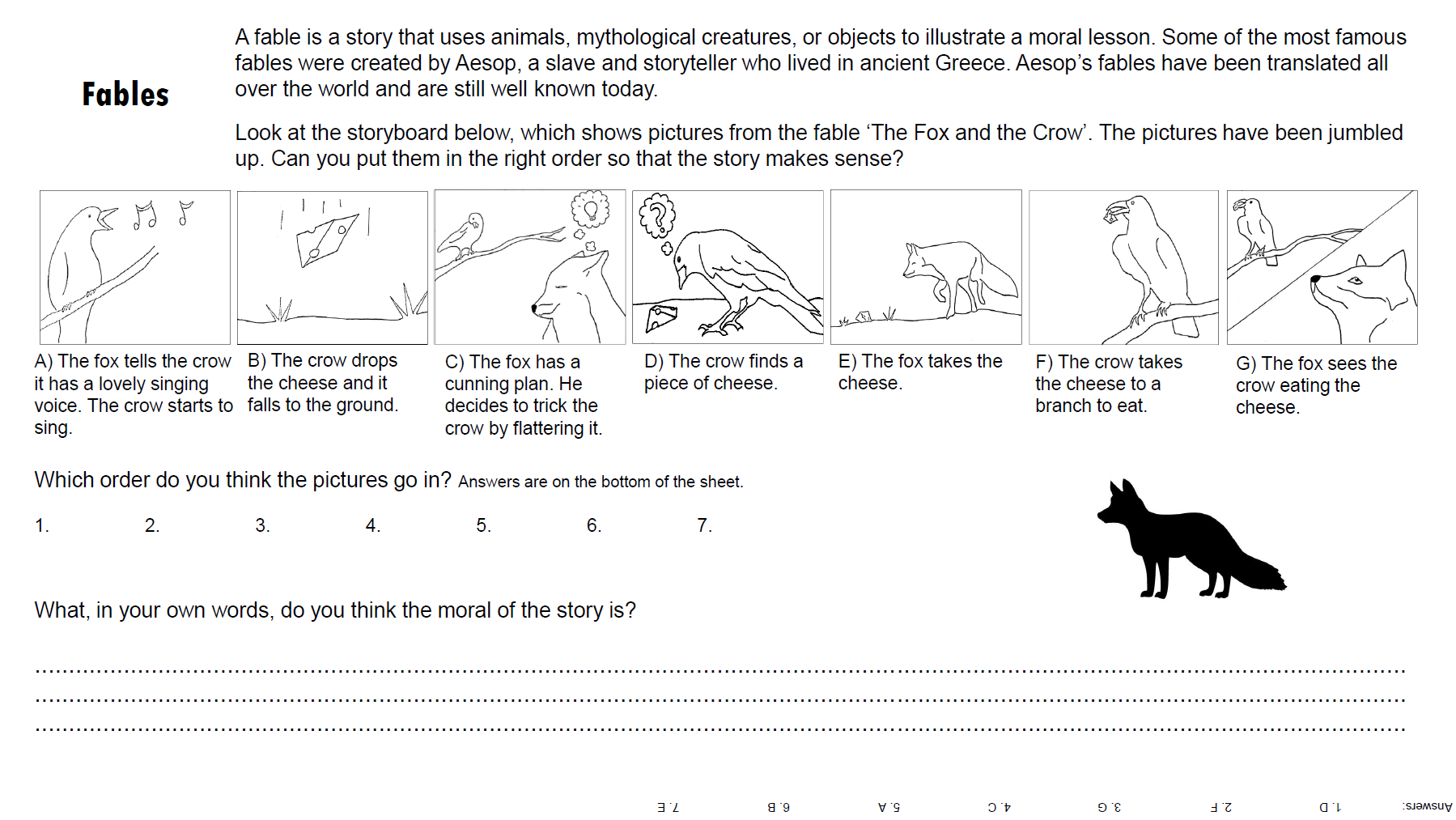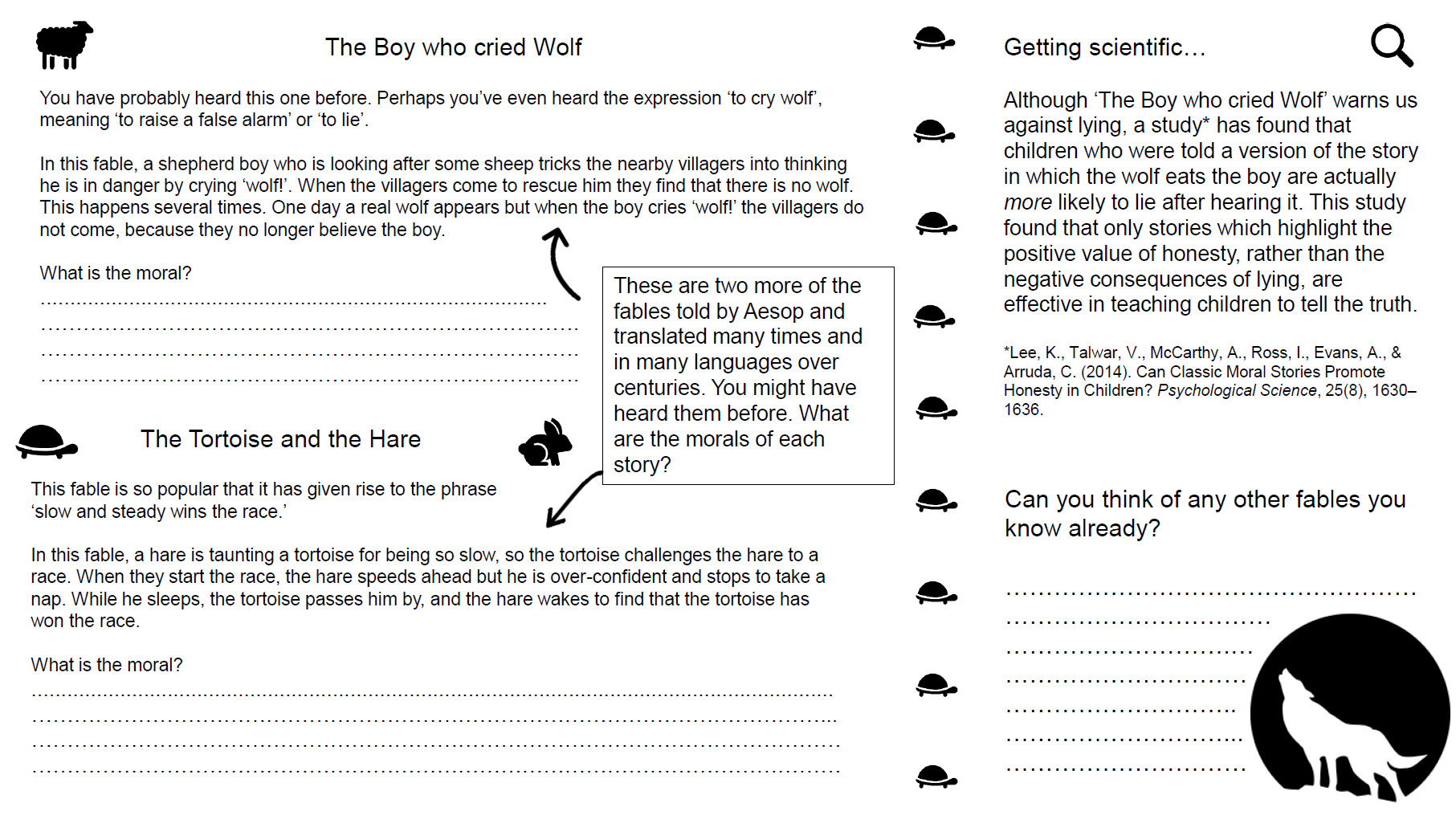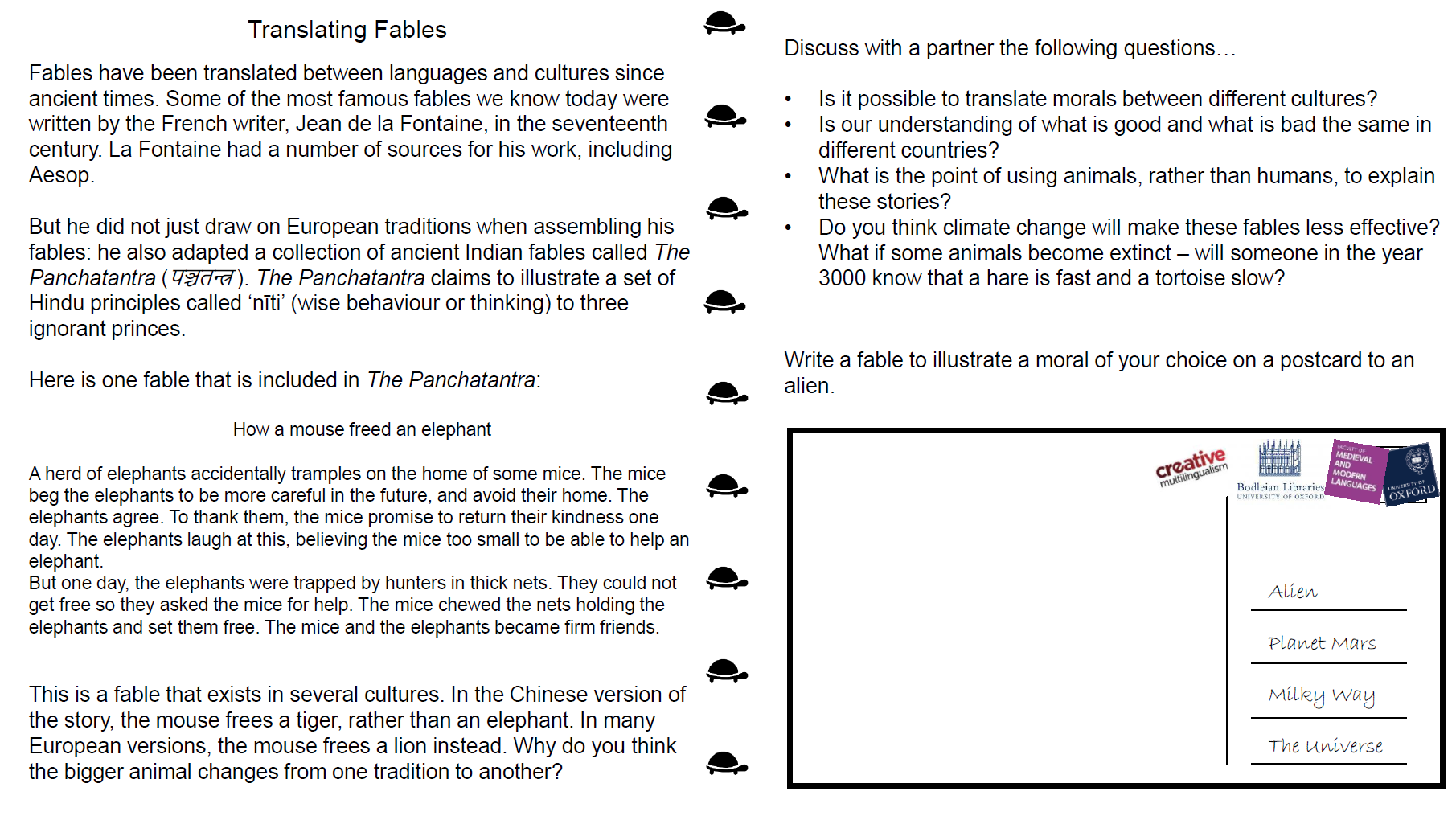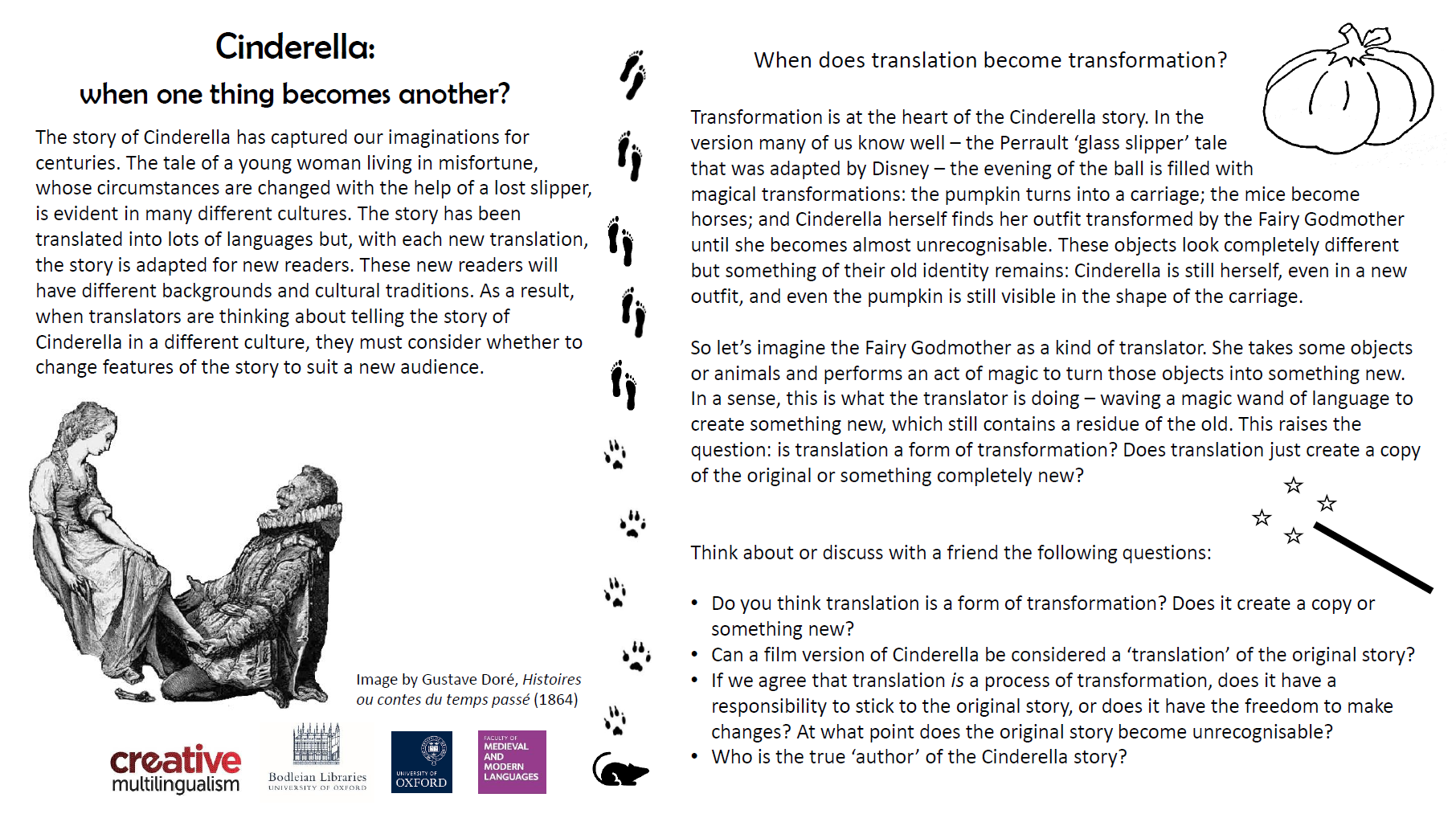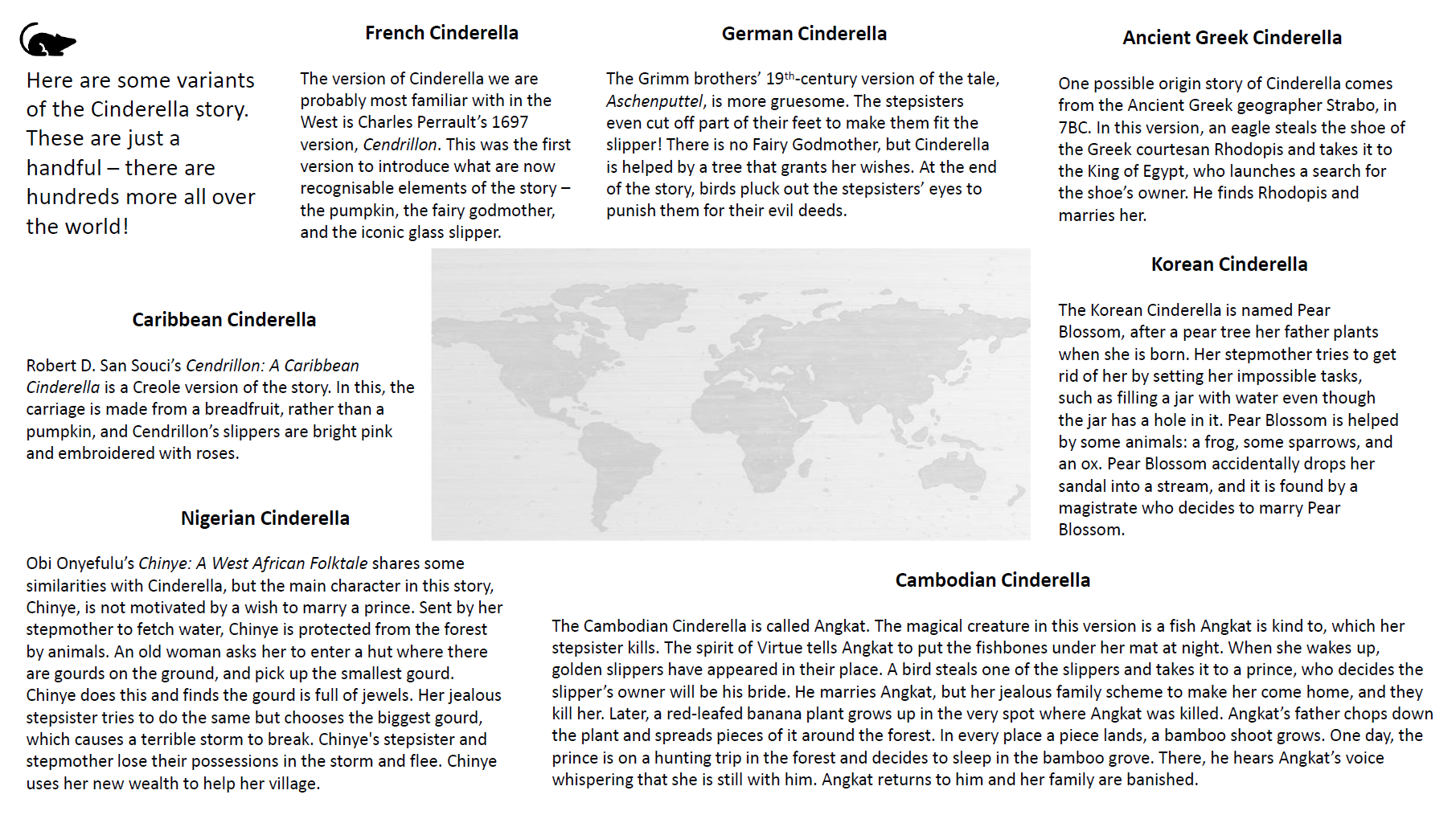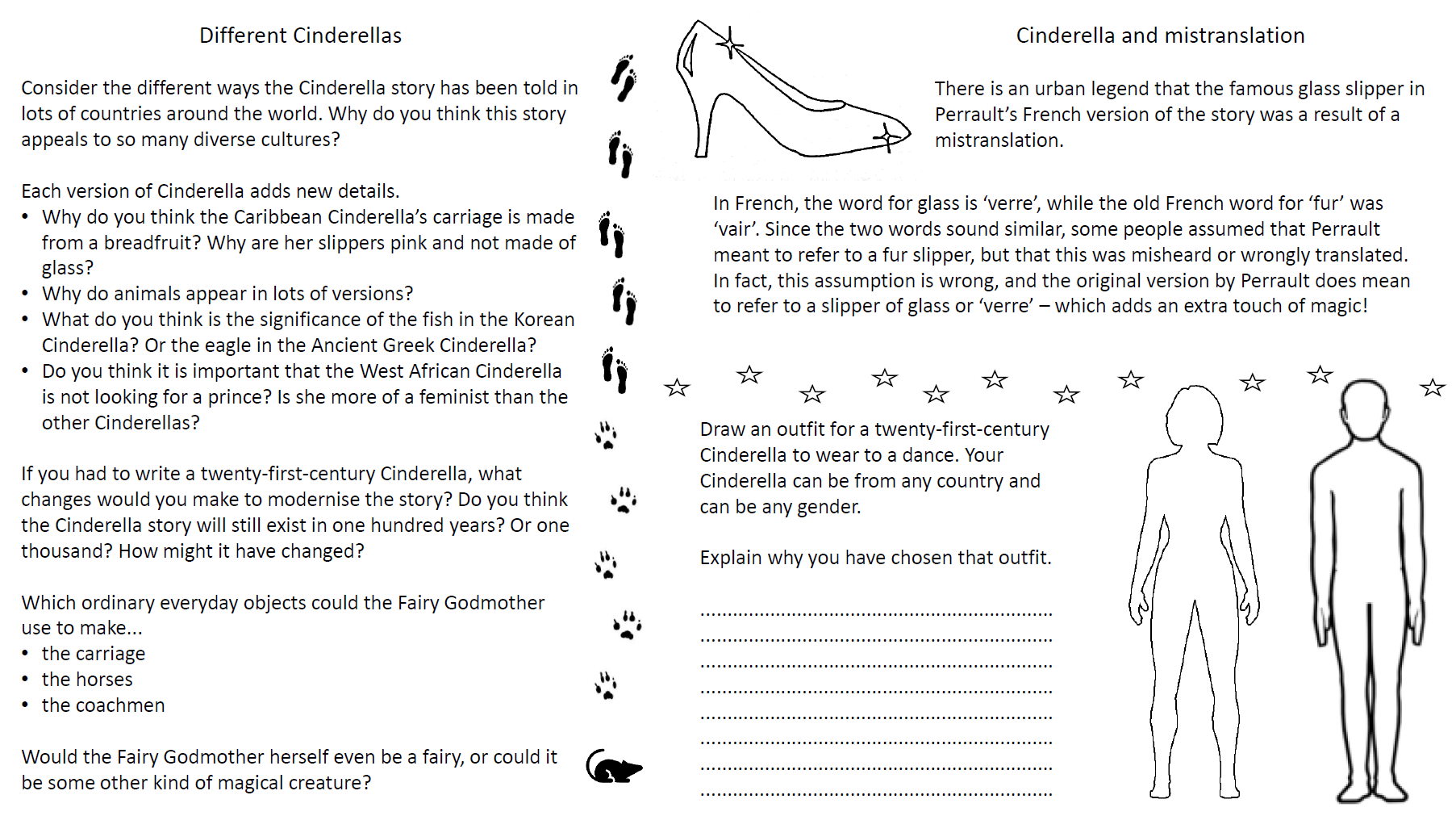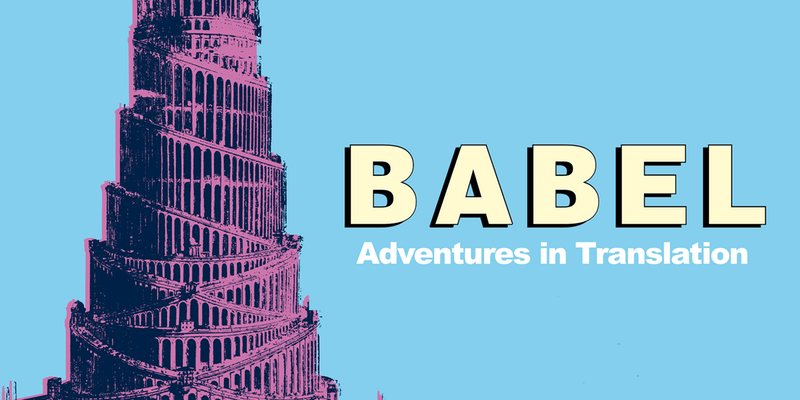We have an unusual post on this week’s Adventures on the Bookshelf, but one very much in keeping with the blog’s name as today’s post touches on both adventure and bookshelves! Last week, Frank Egerton gave us a brilliant introduction to the Modern Languages Library at Oxford, the Taylor Institution. Now, continuing the theme of libraries, we are pleased to feature an imaginary interview with Sir Thomas Bodley, founder of Oxford’s Bodleian Library. This interview comes once again courtesy of Frank, who has imagined Sir Thomas’s responses to some probing questions about his life and his library.
The interview has been published in English on the blog Clio – la muse de l’histoire, and Francophiles among you will be pleased to hear that it is also available in a French translation on the blog Le mot juste en anglais. Many thanks to Jonathan Goldberg for inviting us to reblog this fascinating creative insight into the library at the heart of Oxford.
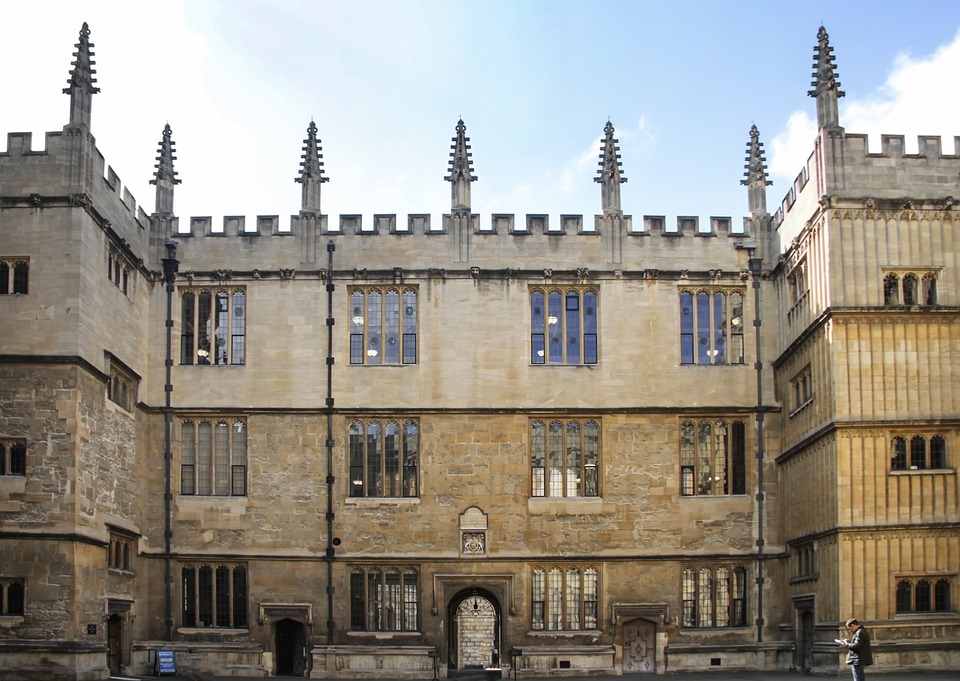
“There are few greater temptations on earth than to stay permanently at Oxford in meditation, and to read all the books in the Bodleian.”
— Hilaire Belloc
The Bodleian Library (“Bodley” or “the Bod”) is the main research library of the University of Oxford and is one of the oldest libraries in Europe. It is second in size in the United Kingdom only to the British Library. It serves principally as a reference library. Formally established in 1602, it bears the name of Sir Thomas Bodley, a fellow of Merton College, one of the 38 colleges making up the University. In 2000, a number of libraries within the University of Oxford were brought together for administrative purposes under the aegis of what was initially known as Oxford University Library Services (OULS), and since 2010 as the Bodleian Libraries, of which the Bodleian Library is the largest component. Over its various sites the Bod keeps 12 million printed books and allows access to more than 80,000 electronic journal titles. It also keeps ancient documents, manuscripts, papyrus, cards and sketches. Much of the library’s archives were digitized and put online for public access in 2015.
The Interview…
Frank: Don’t ask me how this works but it does. Hello, Sir Thomas.
Sir Thomas: Hello, Frank. It is an honour to meet you.
Frank: The honour’s all mine Sir Thomas. So, for the benefit of our audience, it’s with great pleasure that I’m here to interview Sir Thomas Bodley, after whom the world-famous Bodleian Library was named. Sir Thomas personally paid for and masterminded the library’s refurbishment, the original building having been abandoned and its book collection destroyed during the English Reformation. An outstanding achievement, Sir Thomas, for which the world will always be grateful.
Sir Thomas: It’s kind of you to say so.
Frank: I should mention that earlier I took Sir Thomas on a tour of the library as it is now. First impressions, Sir Thomas?
Sir Thomas: Still recognisable – and I’m always pleased to see the extension at the western end. That happened after my death. It balances the building and provides lots of additional space. I’m intrigued by the glowing glass windows that readers look into on the desks. I’d like to find out more about those and these ebooks you mentioned. No swords, of course.
Frank: No, I think they were banned quite some time ago. No coffee in this part of the building either. And definitely no smoking anywhere. But perhaps—
Sir Thomas: I like to keep abreast of new things. I may not have caught up with ebooks but coffee – well that only came in fifty years after my time. And smoking – I remember Sir Walter [Raleigh] persuading Her Royal Highness [Elizabeth I] to try some. Clouds of smoke and everyone coughing. I think she saw the funny side in the end.
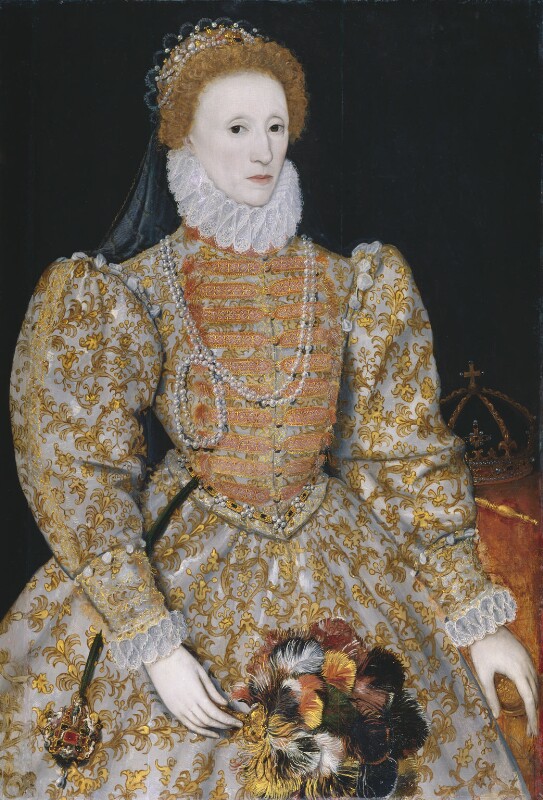
Frank: Now, Sir Thomas, as you know, we’re particularly interested in languages and European culture here – as well as books and libraries —
Sir Thomas: All interconnected.
Frank: Quite! Your experience of Europe came at an early age, Sir Thomas, didn’t it?
Sir Thomas: Yes. I was born on 2nd March 1545 and my first journey to Europe was undertaken in 1555. Dad was a merchant in Exeter who had strong Protestant faith and who’d helped pay for the suppression of a Catholic rebellion in the west country. When Queen Mary [Tudor] came to the throne, our family fled, initially to Frankfurt and from thence to Geneva, where Dad set up a printing business – that must have had some influence on my love of the printed word! Europe seemed then to be the heart of Protestantism – at least where we were. We were with John Knox in Frankfurt and at Geneva I studied Divinity at the feet of Calvin himself – a tireless worker and an inspiration to us all. I also studied Hebrew and Greek. And of course, we were surrounded by people speaking different languages. After Mary died we returned but by then my west country childhood was but a distant memory.
Frank: What memories of Europe you must have had, though.
Sir Thomas: True, but there was something frustrating about being so close to European culture and yet cut off from it by the discipline of the school room. I vowed to go back.
Frank: But first to Oxford, the city that became synonymous with the name of Sir Thomas Bodley.
Sir Thomas: No sooner did we return than I was an undergraduate at Magdalen College. Back on English soil in September 1559 and a matriculated student before the year was out. My studies at the Geneva Academy stood me in good stead. I did well and in 1564 I became a fellow of Merton College. I was its first lecturer in Greek a year later. For a time I thought my career would begin and end in Oxford. But, there’s this restlessness in me – perhaps it was being uprooted at a tender age then glimpsing how huge the world is. Questing, questing – I always wanted more. I tried many different things. Languages were at the heart of things – don’t get me wrong – Greek and in particular Hebrew, the study of which I and another fellow promoted energetically, opening up the knowledge contained in texts written in that language. But then there was a string of other posts alongside my academic life – college bursar, garden master, deputy public orator. What opportunities there were!
Frank: And friendships,
Sir Thomas: Certainly – one especially. At Oxford I got to know Sir Henry Savile – a cultured and steadfast man who would teach me so much when I started the library project at the end of the century.
Frank: But before that, travel and diplomacy.
Sir Thomas: Travel, yes. I’d never forgotten the vow I made when I returned in 1559. Here’s what I wrote in my autobiography: “I waxed desirous to travel beyond the seas, for attaining to the knowledge of some special modern tongues, and for the increase of my experience in the managing of affairs…” I journeyed to France then to Germany and Italy, learning French, Italian and Spanish. I spent over four years in those countries. The languages fascinated me but so too did new skills I could use in the service of our nation. Under the patronage of Robert Dudley, Earl of Leicester, and Sir Francis Walsingham, I became a gentleman usher to the Queen and a member of parliament – though the latter was, sad to say, the least well executed of my duties. From 1585 until 1598, when I threw in the towel, my life was devoted to diplomacy and discrete negotiation—
Frank: Spying?
Sir Thomas: We never thought of it in those terms. Not like your James Bond—
Frank: James Bond?
Sir Thomas: I told you I like to keep up with things – though there are so many..
Frank: So not quite James Bond.
Sir Thomas: Though I did have an impact on world events, I like to think, at least to begin with. When I was sent, alone, with letters from the Queen to Henry III of France after he had been forced to flee Paris, I was charged with “extraordinary secrecy”. Though I say it myself – and I did say it in my autobiography – the outcome benefitted not only Henry but “all the Protestants in France”. If only things had continued that way. There was meeting Ann, of course, and getting married, which were the greatest events of that period but then for nine years I lived in the Hague, not always with Ann beside me, endlessly trying to persuade the United Provinces first to support the Queen’s war with Spain and secondly to pay her vast sums of money for the privilege. Neither side would give way. I was caught between a rock and a hard place. Talk about the woes of being a middle manager!
Frank: I know just what you mean!
Sir Thomas: Listen to this – one of the Queen’s secretaries writing in 1594: “…her majesty hath had just cause these many years to have expected a grateful offer from the States of some yearly portion of the great sums by her majesty expended…” She wanted a return on her investment, and they claimed they thought she’d simply been doing them a good turn. It was impossible. And then there was the intrigue at court. I couldn’t abide it any longer.
Frank: In your own words, “I concluded…to set up my staff at the Library door in Oxford; being thoroughly persuaded that…I could not busy myself to better purpose than by reducing that place (which then in every part lay ruined and waste) to the public use of students.”
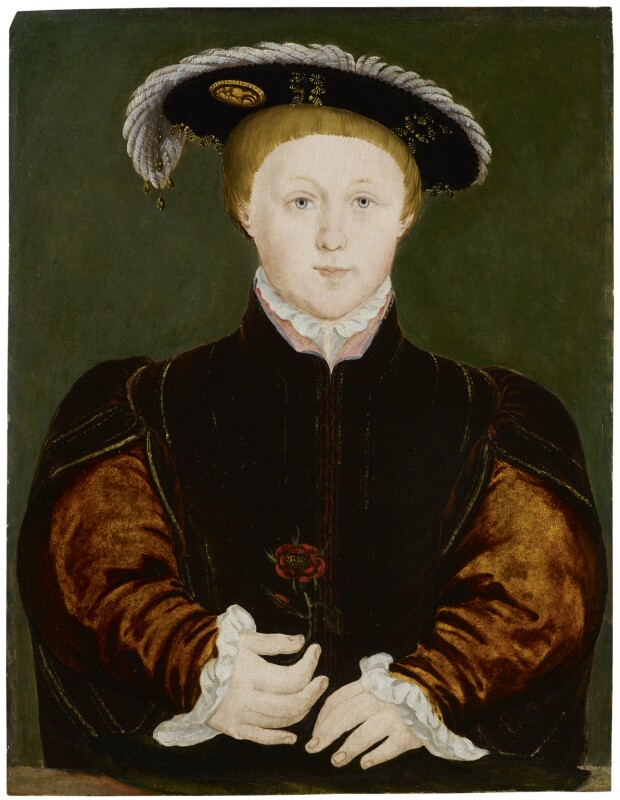
Sir Thomas: I’d been lucky to escape with my head! And so I turned to a project that I’d had in mind for some years. When I was at Oxford as a student and young academic, there was no university library – the manuscripts that Humfrey, Duke of Gloucester, had donated had all been snatched under a law passed by King Edward VI and scattered to the four winds. Imagine that. Many were said to have been reused by bookbinders to cover less “superstitious” publications. They were priceless classical texts. Because I’d been most fortunate in my marriage – Ann was a widow, whose first husband made millions at today’s prices out of buying and selling pilchards—
Frank: Pilchards?
Sir Thomas: Like sardines, only tastier. We didn’t have children, so it seemed only right that the money should be used for the good of future generations of students. With invaluable advice from Sir Henry, I arranged for the old building to be refurbished and persuaded my acquaintances to donate books and bought others through booksellers who travelled to Paris and Frankfurt – and even to Italy – to find them. As Sir Francis Bacon said of the library, it was an “Ark to save learning from deluge”. We collected European texts mainly but also books in Arabic and Persian – one two in Chinese, though no one could read them then.
Frank: People considered Chinese books to be curiosities, didn’t they, and of no real value?
Sir Thomas: I didn’t – someone had taken all that trouble to write those characters, and someone else had paid them to do so. Who could know what wisdom the books contained? But I did know that one day a scholar would come to Oxford who would unlock their secrets. Soon we had scholars visiting from beyond our shores – twenty-two in the first two years. In 1610 I made an agreement with the Stationers Company, whereby they would give the library a free copy of every book they registered.
Frank: Which is still in place today – though many of the copies are now given as ebooks.
Sir Thomas: Ebooks again! Well, like every library, we were soon running out of space, so I had to pay for an extension. A proud moment in the library was when King James visited – I’d been knighted for my services the year before. But towards the end of the project and before the next, much bigger extension could be built, I knew that my time was near and I passed over on 29th January 1613. And here I am.
Frank: And here you are indeed. And very much still here in Oxford is your library for which the whole world thanks you. Sir Thomas Bodley – library legend!
Sir Thomas: Thank you for inviting me! It’s been a pleasure. Now, when we get to the green room you must tell me about these ebooks…
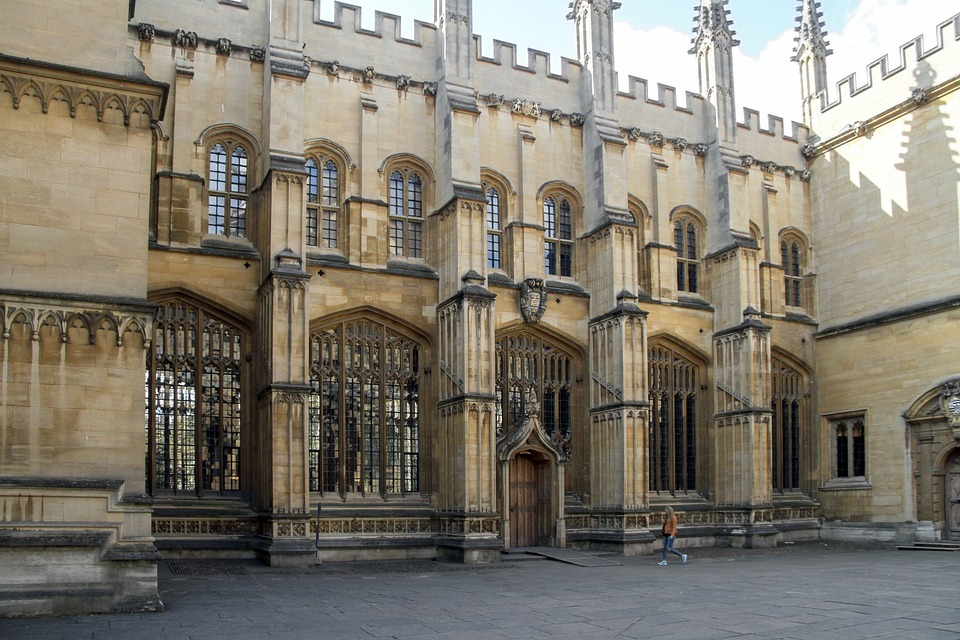
Author Bio:
Francis (Frank) Egerton is an author and a librarian and manager for the Bodleian libraries (Oxford). He also teaches and tutors on a number of University of Oxford creative writing programmes. He has a BA (Hons) Oxon and MA Oxon (English Literature and Language). His original qualification was as an Associate of the Royal Institution of Chartered Surveyors, but he abandoned his job as a land agent to read English at Oxford. He reviewed fiction and non-fiction for newspapers including The Times and the Financial Times from 1995–2008. His first novel, The Lock, was published in paperback in 2003 and his second, Invisible, in 2010. The ebook version of The Lock reached the finals of the Independent eBook Awards in Santa Barbara in 2002. In The Times [of London] review of Invisible, Kate Saunders commented on “the author’s lively wit and acute understanding of the emotional landscape.”
Bibliography:
- Centre for Editing Lives and Letters, in partnership with the Bodleian Library. (n.d.). The diplomatic correspondence of Thomas Bodley, 1585-1597 [La correspondence diplomatique de Thomas Bodley, 1585-1597]: DCB/001/HTML/0462/008. Retrieved from http://www.livesandletters.ac.uk/cell/Bodley/transcript.php?fname=xml//1594//DCB_0462.xml.
- Bodley, T., & Lane, J. (1894). The life of Sir Thomas Bodley, written by himself. [La Vie de Sir Thomas Bodley, écrite par lui-même] Retrieved from https://archive.org/details/TheLifeOfSirThomasBodleyWrittenByHimself/page/n5.
- Bodleian Libraries. (2015). Marks of Genius: Novum organum (new instrument) [Signes de génies: nouvel instrument]. Retrieved from https://genius.bodleian.ox.ac.uk/exhibits/browse/novum-organum-new-instrument.
- Clennell, W. (2013, May 30). Bodley, Sir Thomas (1545–1613), scholar, diplomat, and founder of the Bodleian Library, [Bodley, Sir Thomas (1545-1613), érudit, diplomate, et fondateur de la bibliothèque bodléienne] Oxford. Oxford Dictionary of National Biography. Retrieved from https://www.oxforddnb.com/view/10.1093/ref:odnb/9780198614128.001.0001/odnb-9780198614128-e-2759.
- Wright, S. (2008, January 03). Bodley, Laurence (1547/8–1615), Church of England clergyman [Bodley, Laurence (1547/8 – 1615), ecclésiastique de l’Église anglicane]. Oxford Dictionary of National Biography. Retrieved from https://www.oxforddnb.com/view/10.1093/ref:odnb/9780198614128.001.0001/odnb-9780198614128-e-2758.
- Tyack, Geoffrey. Bodleian Library : Souvenir Guide [La bibliothèque bodléienne: visite guidée]. Revised ed. Oxford, 2014. Print.
- Additional Reading: A History of the Bodleian Libraries

